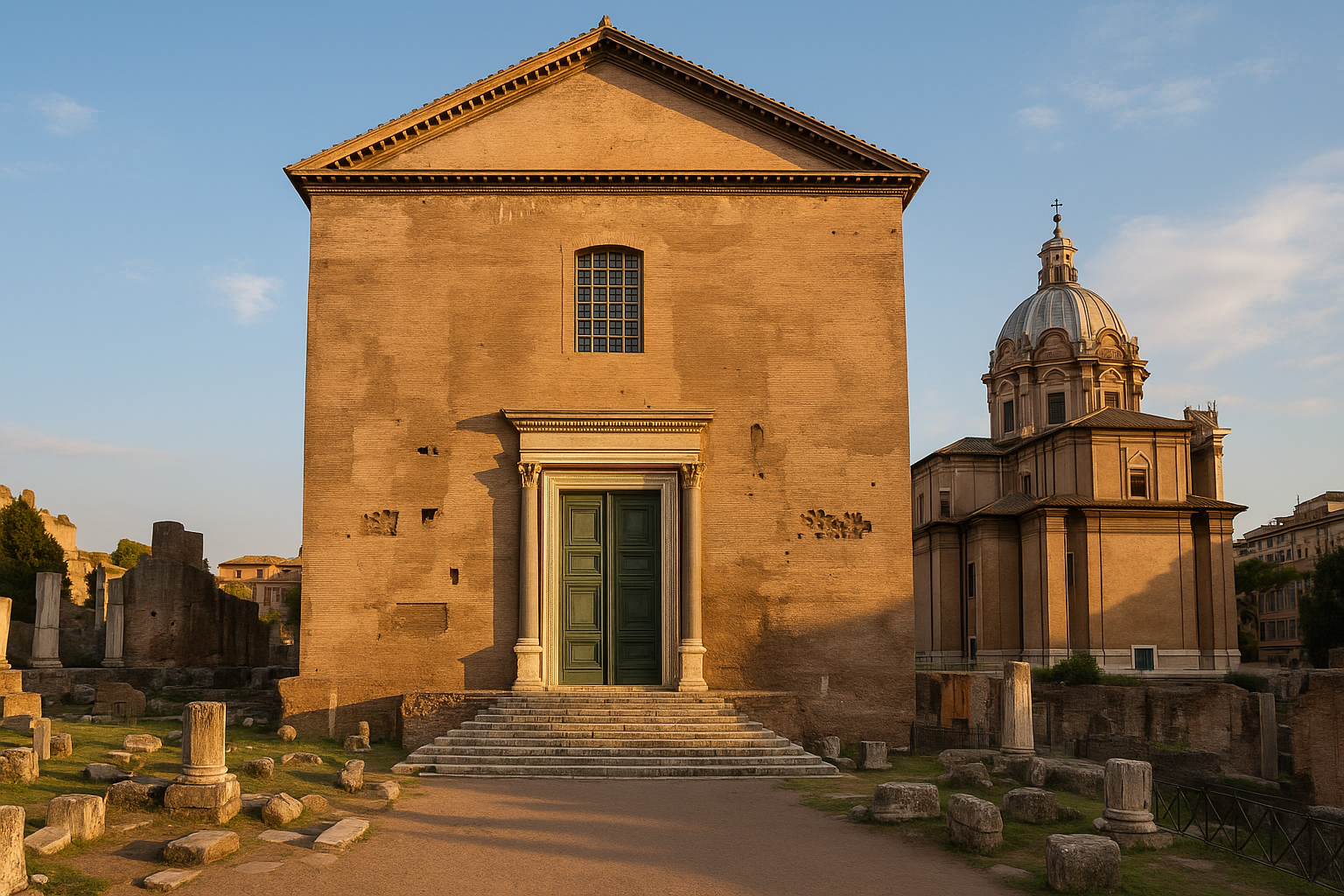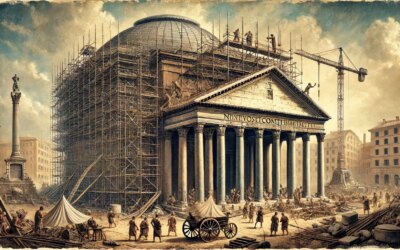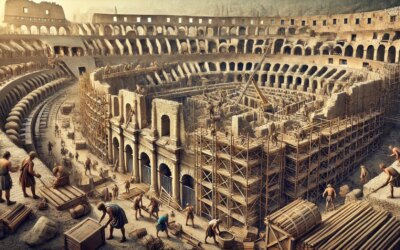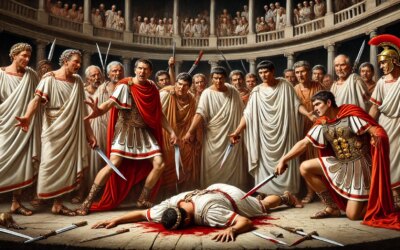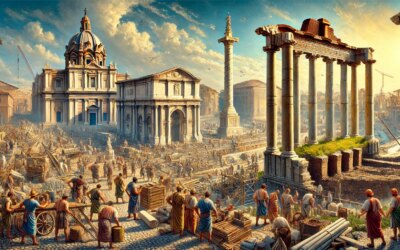A Senate House for a New Era
In the wake of civil wars and the end of the Republic, Rome needed symbols of stability. Julius Caesar initiated the rebuilding of the Senate House as part of his grand Forum Iulium, aiming to present a new political order. After his assassination in 44 BC, construction stalled, but his heir Augustus completed the project in 29 BC. The newly christened Curia Julia became the central venue for senatorial debates and imperial policies for centuries.
From Curia Hostilia to Curia Julia
Prior to Caesar’s intervention, the Senate met in the Curia Hostilia, a structure dating back to Rome’s early Republic. Damaged by fire and inadequate for growing senatorial functions, Caesar demolished it to make space for the Forum Iulium, reorienting Rome’s political and civic center. The Curia Julia was designed with clean lines, a rectangular plan, and a high-pitched roof—emphasizing simplicity, authority, and durability.
Architectural Features and Innovations
The Curia Julia stood 25 meters long, 18 meters wide, and over 16 meters high. Built of brick-faced concrete and clad in marble, its façade featured a monumental staircase leading to three bronze doors, inscribed with Caesar’s and Augustus’s names. Inside, tiered benches accommodated up to 600 senators, with a central podium for speakers. The absence of windows in the main hall created a solemn, enclosed atmosphere, underscoring the gravity of senatorial proceedings.
- Orientation: Unlike its predecessor, the Curia Julia’s main axis aligned with the Via Sacra, integrating political and religious pathways.
- Interior Décor: Marble cladding, opus sectile flooring, and coffered ceilings added imperial grandeur.
- Structural Integrity: Reinforced concrete vaults and buttressed walls ensured seismic resilience.
Political and Cultural Significance
Augustus used the Curia Julia to legitimize his rule, hosting ludi (games), senatorial meetings, and ceremonial events. The building became a symbol of the Principate—a blend of monarchical power and republican façade. Portrait busts of past magistrates adorned the interior, linking Augustus’s regime to Rome’s storied past.
Liturgical Reform and Later Restorations
Over the centuries, the Curia Julia underwent repairs after fires in AD 283 and AD 364. In the 7th century, it was converted into the Church of Sant’Adriano al Foro, preserving its structure through the Middle Ages. Renaissance and Baroque restorations, and 20th-century archaeological efforts, have revealed much of its original form, allowing visitors to experience the Senate’s echo for millennia.
Enduring Legacy
Today, the Curia Julia stands as one of the best-preserved Roman political buildings. Its enduring presence below modern façades reminds us of Rome’s capacity to adapt, repurpose, and celebrate its civic ideals. As senators once deliberated within its marble walls, so too do tourists and scholars reflect on the birth and evolution of Western governance.

